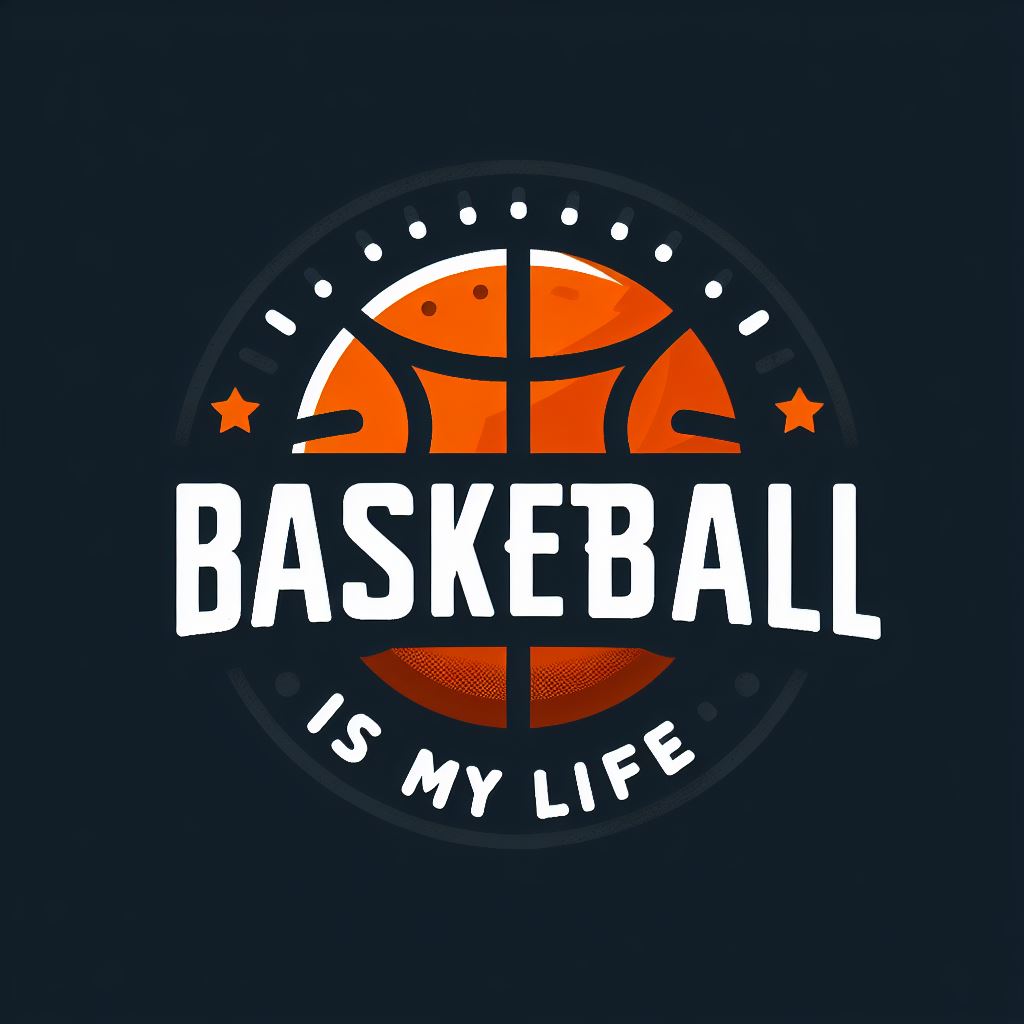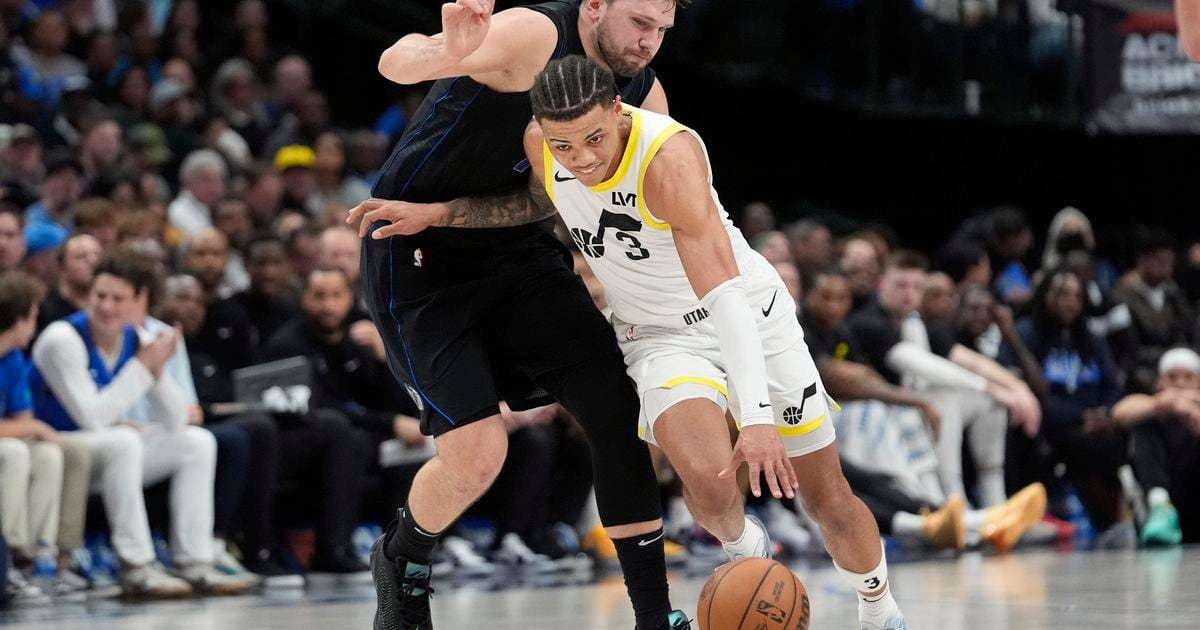Three thoughts on the Utah Jazz’s 113-97 loss to the Dallas Mavericks from the Salt Lake Tribune Jazz Beat Writer Andy Larsen.
1. Jazz, Markkanen misses three points
Oddly enough, it is possible to win a game by shooting 4-30 out of three. In fact, it was done three times.
But most of the time you’re going to lose. This has been done 24 times in NBA history. Especially in the modern era, with teams quite reliant on the 3-point ball for scoring, missing that many threes also means you’ll likely have issues scoring overall. So while the Jazz performed well in the mids and at the rim, it wasn’t enough to reach 100.
What surprised me was the level of disappointment I found online about Lauri Markkanen’s shooting party. Certainly, it wasn’t a good game: 1-9 deep. We hoped for better.
But even that performance caused Markkanen’s shooting percentage to drop this season from 39.9% shooting from deep to 39.2% shooting from deep. Coincidentally, that’s the exact same percentage he shot last year.
I was wondering if there was a real difference in Markkanen’s 3-point shooting profile this year, but the answer is “not really.” He’s had a very slight increase in the number of shots he takes while a defender is less than a meter away, and a slight increase in the number of shots he takes late in the shot clock – but none of the two differences is large enough to be significant. Overall, he’s taking the same shots as last year and making the same number of them.
That’s actually true pretty much everywhere with Markkanen’s season. There are slight differences from last year, but they generally represent small percentage points. He’s probably been a slightly better passer this year and a slightly worse 2-point finisher. It’s more likely that defenses protect him differently. But the value he brings is nearly identical either way: When healthy, he’s a top-30 player in the NBA this year.
Unfortunately, that’s not enough to win games, especially when he has an off night.
2. What Keyonte George’s turnovers say about his future
Keyonte George had six turnovers tonight. Watching the video, he probably should have only had five – I thought one of his should have gone to Markkanen instead. But still, five turnovers next to five assists for tonight’s game doesn’t make for a good 1:1 A:TO ratio.
Overall, George has the 7th highest turnover rate among point guards this season in the NBA. The first six? Scoot Henderson, Kyle Lowry, Andrew Nembhard, James Harden, Darius Garland and Trae Young.
Obviously, the player who most resembles George is Henderson – both are rookie point guards who have been asked to take on team leader-type duties for struggling groups. The fact that George has been a rich version of Scoot this season (one with a more efficient scoring game) wouldn’t have been on most people’s list of predictions for the 2023-24 season, but here we are, and that is a huge merit. to George.
It’s worth noting that while the turnovers are bad, it’s not necessarily a red flag for George’s future. ESPN’s Kevin Pelton does the research: “Over the long term, there is evidence that high turnover players develop more, likely because they are trying to make plays and, eventually, those mistakes will turn into successes.”
You end up getting an interesting list of players if you sort out the high turnover rookie point guards who assisted at similar rates to George. The best place to be in this list seems to be in the middle. On the one hand, there are a few busts at the top where turnovers have been too high: Mateen Cleaves, Emmanuel Mudiay, Marcus Banks, Jonny Flynn. All are yeah. Basically? Trey Burke, Davion Mitchell, Bones Hyland, Brandon Jennings.
But in this Goldilocks zone? There’s a really solid crew of All-Stars: Steph Curry, De’Aaron Fox, D’Angelo Russell, Damian Lillard, Deron Williams — and that’s where George resides.
Of course, this is not a guarantee of success or anything. The turnover middle includes Roko Ukic, Beno Udrih and DJ Augustin, all eliminated. But George is in a good position: he tries a lot of new things, makes a few mistakes, but still remains relatively productive.
3. NCAA vs. G-League Development
Speaking of player development…on paper, the G-League Ignite system should be a better development factory for young 18-year-old basketball talent than the NCAA.
In the pros, players can concentrate on basketball. They have professional level coaches and other professional teammates. They can play NBA style basketball against former NBA players. This sounds awesome.
And in practice… it was a bit of a disaster. The NBA announced Thursday the closure of the G-League Ignite program, which paid players out of high school but not yet eligible to be drafted to play in the G-League.
It’s where Scoot Henderson, Jalen Green, Jonathan Kuminga, Jaden Hardy and five other NBA players began their careers before being drafted by the NBA. Frankly, if there’s one thing the majority of Ignite G-League prospects have in common, it’s that they still got exposure pretty quickly when they entered the league. In many cases, the hoped-for evolution of the G-League simply hasn’t happened.
This year, the Ignite are 6-40. Ron Holland and Matas Buzelis, among other top-10 prospects, simply look good at best. Both will also likely need a lot more seasoning before helping the NBA team draft them.
Eliminating the Ignite means more of these top prospects will play at least one season of college basketball. Since NIL’s rules have changed, these players will actually be able to earn money – which wasn’t the case when G-League Ignite was created.
I also wonder if they will eventually grow better as well. I spent my day Thursday at the Delta Center, watching four NCAA Tournament games. (This is why the Triple Team email was sent in the morning rather than the evening after the game.) Although the basketball itself was not of the highest quality, the environment was spectacular.
Perhaps there is something about these pressure moments brought on by a greater degree of scrutiny at the college level that leads to better player development. Maybe the year of college helps somehow, even on the field. (It is also possible that Ignite failed for reasons that were not systemic and rather specific to its management, which was not very popular.)
Either way, I’m glad we get to see more of these top college basketball prospects moving forward. This means more exposure for us fans, more chances to see them and more chances for them to compete. Even though it’s just one year, this year matters, and I can’t wait to see emerging talent experience it, especially in great environments like the one we saw during of the opening day of the tournament.
The Triple Team is back! But this time, as an email newsletter, delivered to your inbox after each game. To subscribe and read future iterations of Andy Larsen’s Three Points, enter your email address below:
Editor’s note • This story is available only to Salt Lake Tribune subscribers. Thank you for supporting local journalism.

